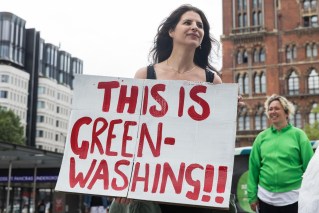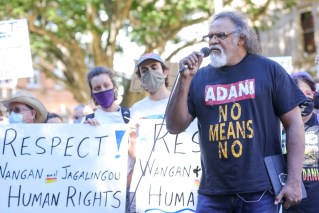High rates and defaults pushing businesses closer to an insolvency ‘cliff’
Australian businesses are teetering towards an insolvency cliff, as rocketing interest rates cause companies to miss payments at a record rate.

Business to business trade payment defaults jumped to a high of 1586 in June – a 52 per cent increase on the previous year – according to the latest CreditorWatch business risk index.
The data shows businesses are increasingly coming under financial stress as the Reserve Bank’s 12 consecutive interest rate hikes put the squeeze on companies and consumers alike.
With the RBA’s latest pause likely to only be temporary, the coming months are set to result in growing rates of insolvencies, says CreditorWatch chief executive Patrick Coghlan.
“The impact of the rate rises, as well as high inflation, is increasingly being felt by businesses as consumers tighten their belts,” he said.
“Forward orders are going down as demand falls away, and both business and consumer sentiment is in rapid decline.”
The index, which is calculated with data from 1.1 million ASIC-registered businesses as well as data collected by CreditorWatch, ranked the western Sydney suburbs of Merrylands, Guildford and Canterbury – with high concentrations of construction, tourism and retail trade – as the most at risk of insolvency.
At the other end of the scale, western Brisbane showed the best improvement over the past year, a function of low rental and property costs, low personal insolvency rates and high median income.
Food and beverage services have the highest chance of defaulting over the next 12 months, with a likelihood of more than seven per cent.
The outlook for businesses is being hampered by a drop in consumer spending, as rising inflation and mortgage costs eat away at disposable income.
The Airwallex digital economy index recorded Australians are on average spending almost $600 less online than they were a year ago, with a steep drop in online subscriptions and travel expenses indicating a marked decrease in discretionary spending.
Despite a sharp drop in May inflation figures raising hopes of an end to the RBA’s hiking cycle, consumer confidence fell following the central bank’s July 4 pause, Tuesday’s Westpac-Melbourne Institute survey found.
“This may indicate that consumers are expecting more rate hikes in the months ahead,” the survey’s authors wrote.
Their fears are likely to be reinforced by RBA governor Philip Lowe in his 1.10pm speech on Wednesday, with analysts tipping him to flag further monetary tightening.












